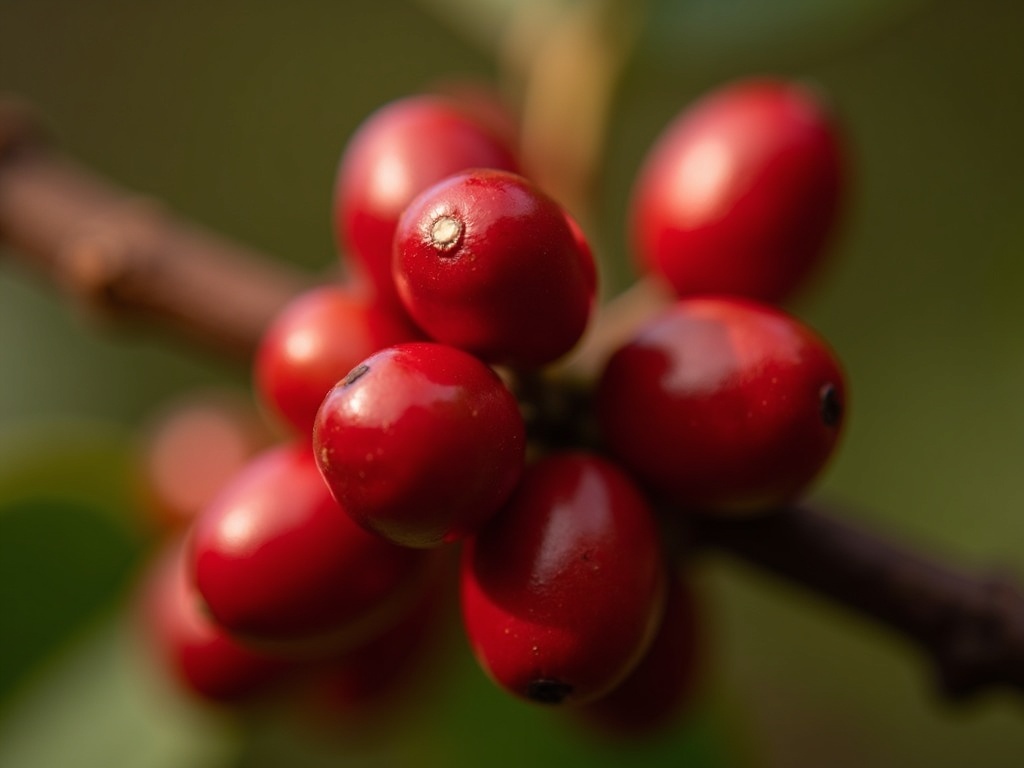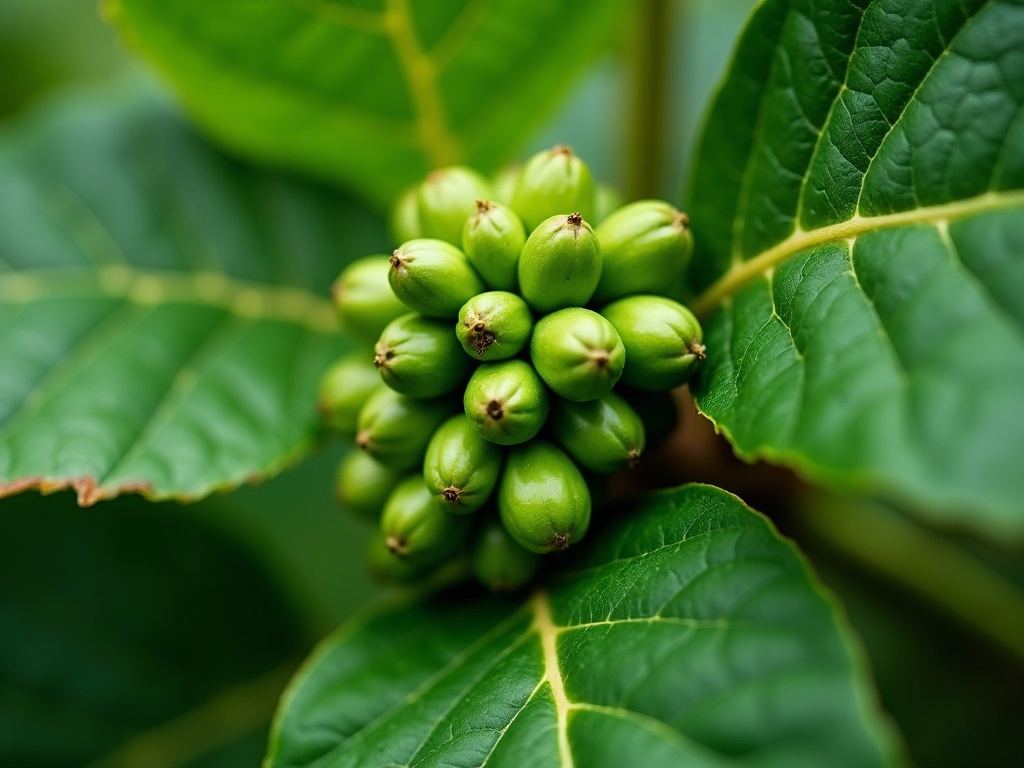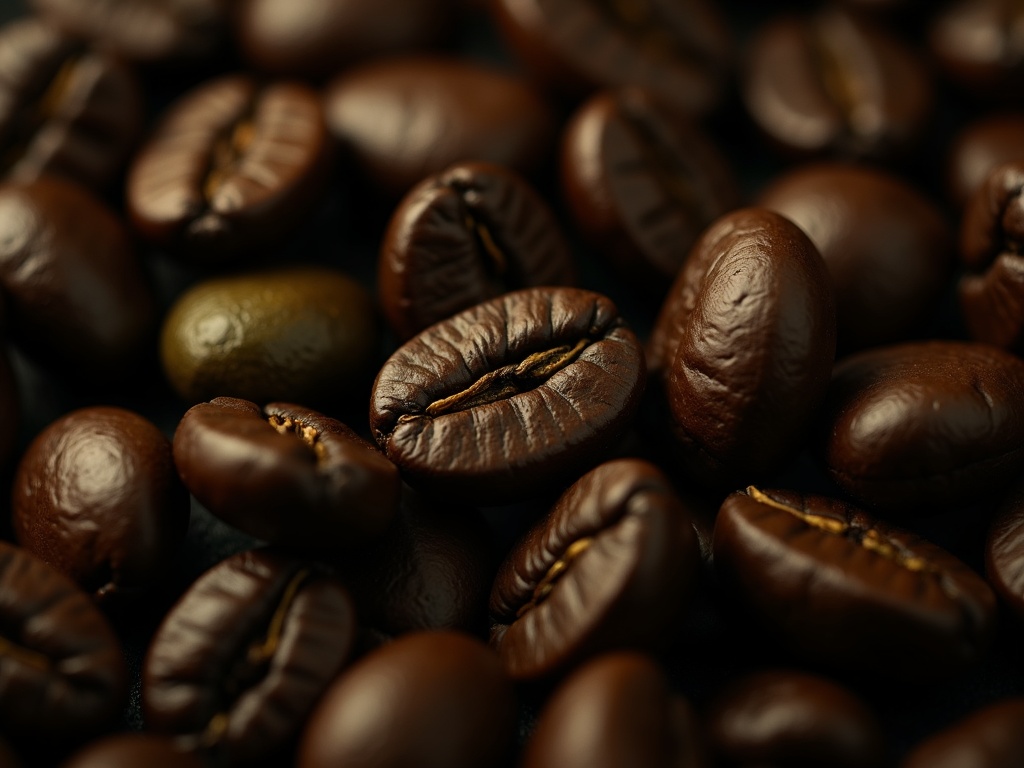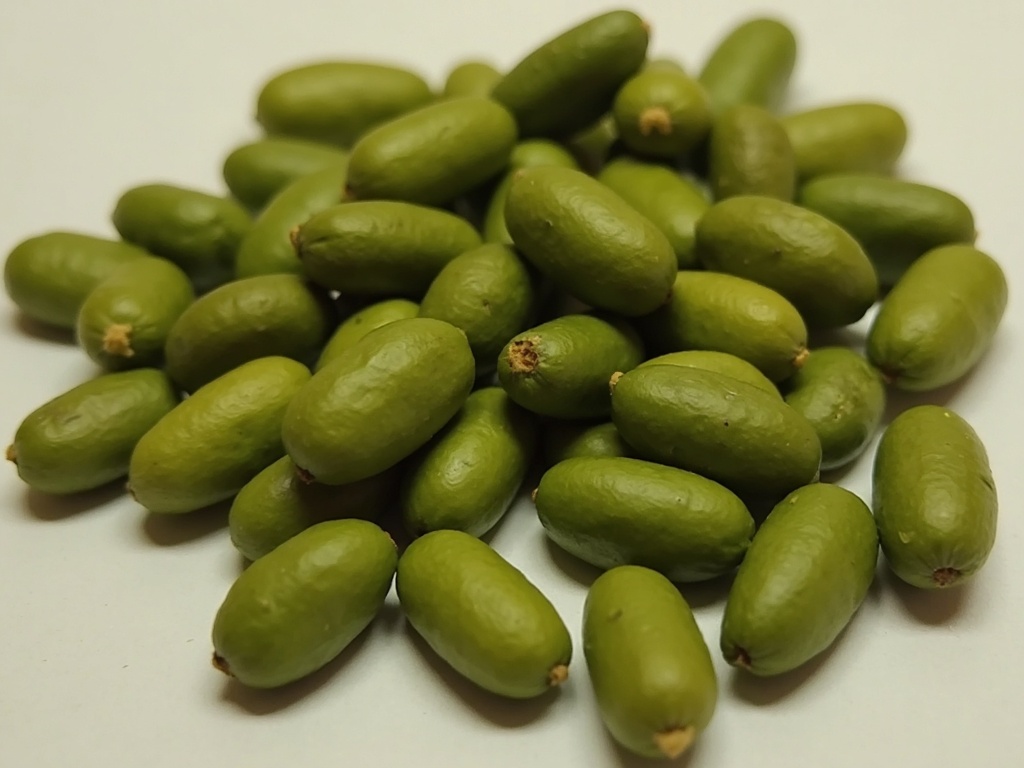How Arabica, Robusta & Other Beans Shape the Taste of Your Coffee
Have you ever wondered why some coffees taste bright and fruity, while others are strong and bold? The secret often lies in the type of coffee bean itself! Most people know about Arabica and Robusta, the two big names in coffee. But did you know there are other important coffee species that add unique flavors to our cups? Let's dive into the fascinating world of coffee and discover the four main species that make our favorite drink so diverse.
Arabica (Coffea arabica): The Connoisseur's Choice
Think of Arabica as the "gourmet" coffee bean. It's the most popular type, making up about 60% or more of the world's coffee. Why? Because it’s famous for its amazing flavor. Arabica beans give us a coffee that's often sweet, a little bit acidic (in a good way, like fruit), and smells wonderful. You'll find flavors like chocolate, nuts, caramel, and even berries or flowers in Arabica coffee.
Arabica plants are a bit picky about where they grow. They prefer high mountains, cooler temperatures, and steady rainfall. This makes them harder to grow and more expensive. They're also a bit delicate and can easily get sick from plant diseases.
Popular Arabica Varieties and Their Profiles
- Typica: This is one of the oldest and most classic Arabica types. Many other Arabica varieties come from Typica. It often gives a clean, sweet taste.
- Bourbon: A natural change from Typica, Bourbon beans are known for being sweet and complex, often with rich chocolate or caramel notes.
- Geisha (Gesha): This one is very special and often very expensive! Geisha coffee is famous for its bright, clear flavors, like jasmine flowers, sweet citrus fruits, and tea. It's truly unique.
- Caturra: A shorter, bushier version of Bourbon, Caturra beans often have a lively, bright taste.
- SL28/SL34: These are two famous types from Kenya. They’re loved for their strong, fruity, and berry-like flavors.
These are just a few, but they show how much variety there is just within Arabica coffee!

Robusta (Coffea canephora): The Resilient Powerhouse
If Arabica is the delicate artist, Robusta is the strong, dependable worker. Robusta makes up about 30-40% of the world's coffee. As its name suggests, it's very "robust"—tough and resilient.
Robusta beans have a bolder, stronger flavor. They’re less sweet and have more of a rubbery or earthy taste, sometimes with hints of dark chocolate. The biggest difference? Robusta has much more caffeine than Arabica, almost double! It also creates a thicker, richer foam (called "crema") on top of espresso shots, which many baristas love.
These plants are much easier to grow. They can handle hotter climates, lower altitudes, and are much better at fighting off diseases. This makes them cheaper to produce.
Robusta's Role in the Coffee World
- Espresso Blends: Robusta is often added to espresso blends to give the coffee more body, a stronger taste, and that thick, beautiful crema.
- Instant Coffee: Because it’s cheaper and has a strong flavor, Robusta is the main type of bean used to make instant coffee.
- "Fine Robusta": Recently, some farmers are growing Robusta with more care, focusing on quality. This "Fine Robusta" can actually be quite good, offering richer, less harsh flavors than typical Robusta.

Liberica (Coffea liberica): The Aromatic Giant
Now, let's step off the beaten path! Liberica coffee is much rarer and makes up only a tiny fraction of the world's coffee. These trees are huge, growing much taller than Arabica or Robusta plants, and their beans are also quite large and oddly shaped.
What makes Liberica special is its unique flavor. People describe it as having a smoky, woody, or nutty taste. Sometimes it has notes of dark chocolate or even a hint of fruit. Its smell is also very distinct, often described as floral and fruity.
Liberica was once very important, especially in the Philippines, where it helped save the coffee industry after a disease wiped out most Arabica plants. Today, it's a niche coffee, enjoyed by those looking for something truly different.

Excelsa (Coffea excelsa / now classified as a variety of Liberica): The Tart and Fruity Enigma
Excelsa used to be considered its own species, but scientists now say it’s actually a type, or "variety," of Liberica. However, it’s so unique in taste that it's often still talked about separately.
Excelsa beans offer a complex and interesting flavor profile. They can be tart and fruity, with dark, roasty notes at the same time. Many describe a lingering finish that stays with you after each sip. It adds a lot of depth and mystery to coffee blends.
Excelsa is mostly grown in Southeast Asia and is not widely available as a single-origin coffee, but it plays a key role in adding complexity to certain coffee mixes.

Arabica Reigns in Chikmagalur: The Coffee Capital of Karnataka
Chikmagalur, often referred to as the "Coffee Land of Karnataka," is best known for growing Arabica coffee. The region's high elevation, rich soil, and cool climate make it ideal for cultivating high-quality Arabica beans, which are prized for their smooth, aromatic, and mildly acidic flavor. Many estates in Chikmagalur also grow Robusta, especially in lower altitudes where the climate is warmer, but Arabica remains the more prominent and premium crop. Chikmagalur’s Arabica coffee is widely appreciated in India and abroad, often used in filter coffee blends and specialty brews.
Comparing the Species: A Spectrum of Flavors
| Feature | Arabica | Robusta | Liberica | Excelsa (Liberica Variety) |
|---|---|---|---|---|
| Flavor | Sweet, fruity, floral, chocolate, complex | Bold, strong, earthy, rubbery, bitter | Smoky, woody, nutty, sometimes floral | Tart, fruity, dark, complex |
| Caffeine | Lower | High (nearly double Arabica) | Moderate | Moderate |
| Growing | High altitudes, mild temps, delicate | Lower altitudes, hot temps, resilient | Various climates, large trees | Similar to Liberica, specific to SE Asia |
| Uses | Gourmet coffee, specialty drinks | Espresso blends, instant coffee | Niche market, unique experience | Blends for complexity |
| Market Share | Highest (60%+) | Second Highest (30-40%) | Very Low | Very Low (part of Liberica share) |
The Impact of Species on Your Coffee Experience
Understanding the different coffee species is like knowing the different types of grapes in wine. It helps you understand why your coffee tastes the way it does and guides you to new favorites.
- If you love a smooth, fragrant, and nuanced cup, you're likely an Arabica fan.
- If you prefer a strong, bold coffee with a kick, you'll appreciate Robusta, especially in your espresso.
- And if you're an adventurer looking for truly unique and exotic flavors, seeking out Liberica and Excelsa will open up a whole new world of coffee experiences.
Conclusion
The world of coffee is much richer than just Arabica and Robusta. Each coffee species Arabica, Robusta, Liberica, and Excelsa brings its own special qualities to our cup, from delicate floral notes to bold, earthy depths. By knowing these differences, you can better appreciate the incredible variety in your daily brew and even start to explore new and exciting coffees. So, next time you grab a cup, think about the journey those beans took and the species they belong to. Happy brewing and exploring!

Leave a comment
Please note, comments must be approved before they are published